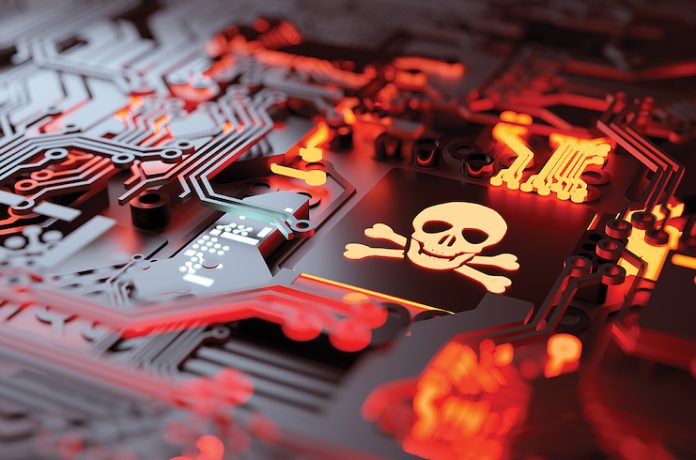
As hotels and hospitality businesses grapple with the evolving cybersecurity threat landscape, one of the most massive challenges they face is ransomware. Potentially causing data loss and costly recovery procedures, ransomware is a cybersecurity attack that encrypts files, making them inaccessible without a decryption key that only the attacker holds. Operations might freeze as IT teams scramble to restore access. Hoteliers often feel forced to pay to reclaim their data and continue serving guests. This digital extortion is becoming increasingly prevalent due to its lucrative nature and relative ease of execution for attackers, posing a significant concern to hotels. Ransomware threats are a persistent challenge for identity and access management (IAM) and security specialists, as they are constantly challenged. IAM systems play an integral role in a hotel’s operations. Should a company be locked out of its IAM environment, businesses can grind to a halt for an unknown length of time and the ability to restore access becomes a critical priority.
Here, we delve into three stages of ransomware preparedness tailored for hoteliers.
1Backup and recovery solutions.
With proper planning, IAM can remain operational even during a ransomware assault. Establishing comprehensive backup strategies is vital.
- Perform regular backups: Schedule regular backups of essential information—from guest data to reservation details. Ensure these backups are stored securely away from the main network.
- Use multiple storage solutions: In addition to routine backups, having multiple storage solutions protects your data, giving ransomware fewer opportunities to compromise your operations.
- Encrypt backups: Encrypting your backups ensures that only those with decryption keys can access them.
- Frequently test recovery systems: Regularly test your backup and recovery processes to ensure they function properly and to highlight areas needing improvement.
2Prioritizing data mobility in IAM.
Data mobility, the ability to seamlessly transfer data between systems, is key to IAM resilience and mitigating potential disruptions. Having an IAM that can fluidly share guest data across various platforms ensures continued operations, even when one system is compromised.
3Disaster recovery plan testing.
A fundamental part of fortifying your cybersecurity defenses is the regular testing of disaster recovery plans. All too often, business continuity and disaster recovery plans for hotels are drafted as a routine or compliance-driven process and subsequently shelved. Unfortunately, without active testing of these strategies, they may not perform effectively when a real crisis hits.
- Test and highlight weak points: Thorough testing is key to spotting potential vulnerabilities in your hotel’s systems before they escalate during genuine threats. Engaging in exercises like tabletop simulations can unveil overlooked or unanticipated weaknesses from the initial planning.
- Asess response speeds after a cyber-attack: An integral aspect of these tests is evaluating the speed of response following an attack. Rapid actions are vital and can considerably reduce the financial impact of system disruptions.
As hotels and hospitality businesses face the growing threat of ransomware, it’s more important now than ever to proactively prepare your cybersecurity defenses. A strong backup plan, coupled with data mobility and recovery plan testing, ensures you’re always ready to serve your guests even in crisis situations.











